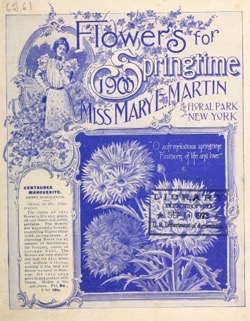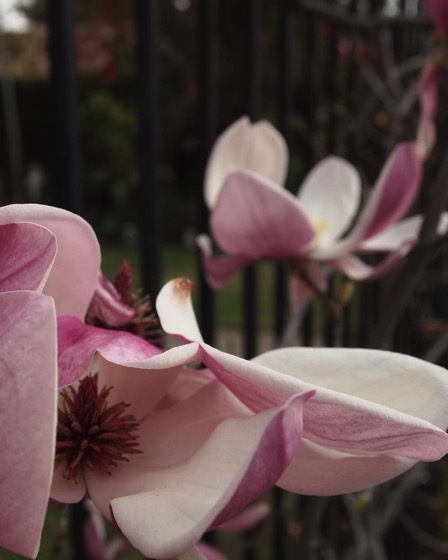The Art Nouveau movement was known for the beautiful way in which it depicted natural forms. Now, you can gain more insight into the aesthetic that swept Europe from 1890 through 1910 with the book La Plante et Ses Applications Ornementales (The Plant and Its Ornamental Applications). Published in 1896 by Swiss graphic designer and art instructor Eugène Grasset, the elaborately illustrated book was influential in defining the movement’s style. His design students created the content for the book, and together they transformed realistic sketches of 24 plants into elaborate Art Nouveau motifs for use in painting or carving.
The two dozen plants chosen by Grasset include the dandelion, iris, and wild geranium. Every bloom is represented in three ways. The first picture shows the natural rendering of each plant from multiple angles. The other two images give examples of stylized designs incorporating the flower. This three-part method of presenting illustrations demonstrates Grasset’s philosophy of drawing. “The art of drawing is not the art of observing forms and objects alone, it is not mere mimicry of these objects; it is the art of knowing how far and wherein, and with what just limitations, those forms and objects can be reproduced in a picture, or in a decorative work,” he wrote.
Read and Download the entire book at the Internet Archive
* A portion of each sale from Amazon.com directly supports our blogs
** Many of these books may be available from your local library. Check it out!
† Available from the LA Public Library





